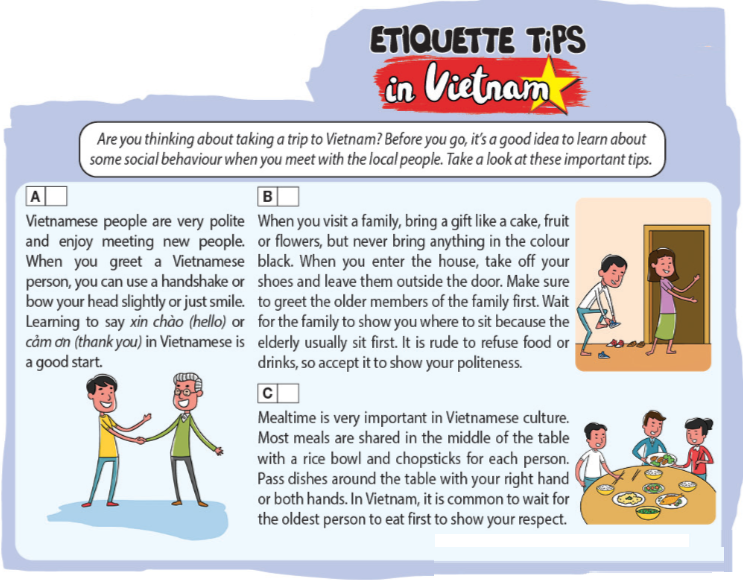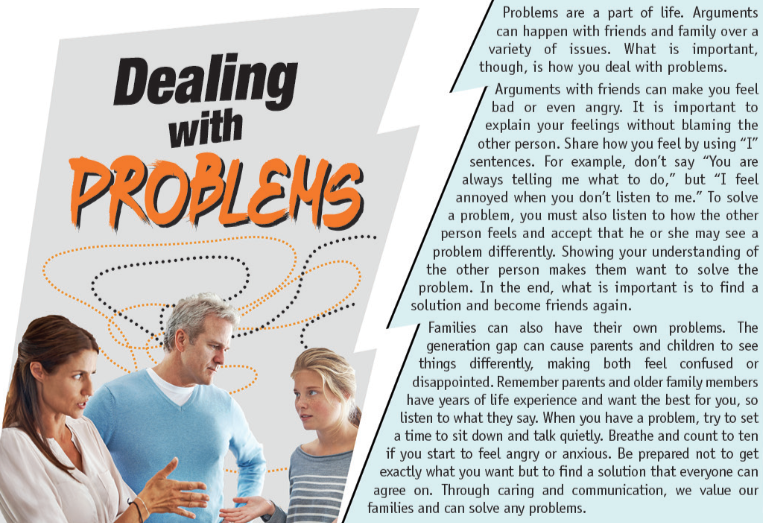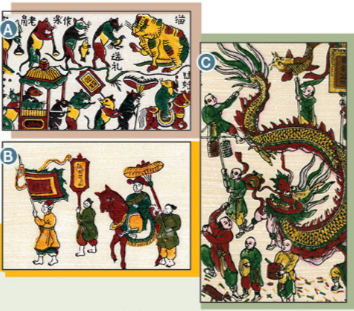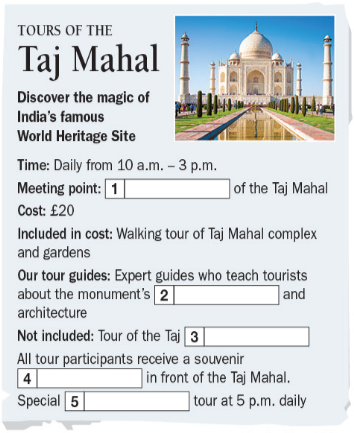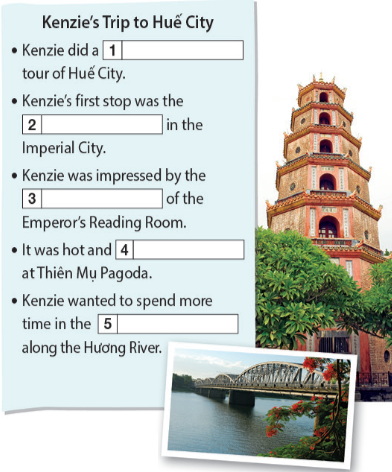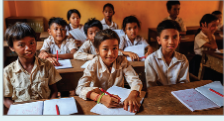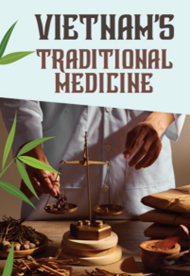HELLO!
Bài tập Hello!
UNIT 1. GENERATION GAPS AND INDEPENDENT LIFE
Bài tập Unit 1
UNIT 2. VIETNAM AND ASEAN
Bài tập Unit 2
UNIT 3. GLOBAL WARMING AND ECOLOGICAL SYSTEMS
Bài tập Unit 3
UNIT 4. PRESERVING WORLD HERITAGE
Bài tập Unit 4
UNIT 5. CITIES AND EDUCATION IN THE FUTURE
Bài tập Unit 5
UNIT 6. SOCIAL ISSUES
Bài tập Unit 6
UNIT 7. HEALTHY LIFESTYLES
Bài tập Unit 7
UNIT 8. HEALTH AND LIFE EXPECTANCY
Bài tập Unit 8
REVIEW
Bài tập Review
Giải SGK, SBT Review Bright
Giải SGK, SBT Unit 8 Bright
216 câu hỏi
Tự luận
Câu 24 :
3. What do the following numbers in the text in Exercise 1 refer to?
(Các số sau trong đoạn văn ở bài tập 1 nói lên điều gì?)
|
• 50 |
• 99 |
• 30 |
|
• 1,500 |
• 348 |
• 4,000 |
|
• 2,500 |
• 400 |
• 1981 |


